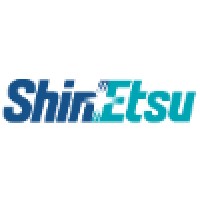
Shin-Etsu
In 1953, Shin-Etsu Chemical became the first firm in Japan to venture into the silicones business. In the decades since, Shin-Etsu has created a diverse line of products designed to exploit the unique and useful properties of silicones. Today, our lineup includes over 4,000 products that meet user needs in a wide range of industries, including electric/electronics manufacturing, the construction industry, the auto industry, cosmetics and toiletries, and the chemical industry. The Company's operations have spread beyond Japan's shores; we now have production facilities and marketing bases in countries around the globe, including the USA, South Korea, China, Taiwan, Singapore, Thailand and the Netherlands. We have organized our supply framework to enable direct access to the world's markets and enhance our responsiveness to customer needs. As a result, we have grown to become the No.1 silicone manufacturer in Japan and one of the leading firms worldwide. Since the launch of the Shin-Etsu Silicone brand more than a half-century ago, it has been Shin-Etsu Chemical's constant goal to find new ways to harness the power of silicones to benefit businesses just like yours.






